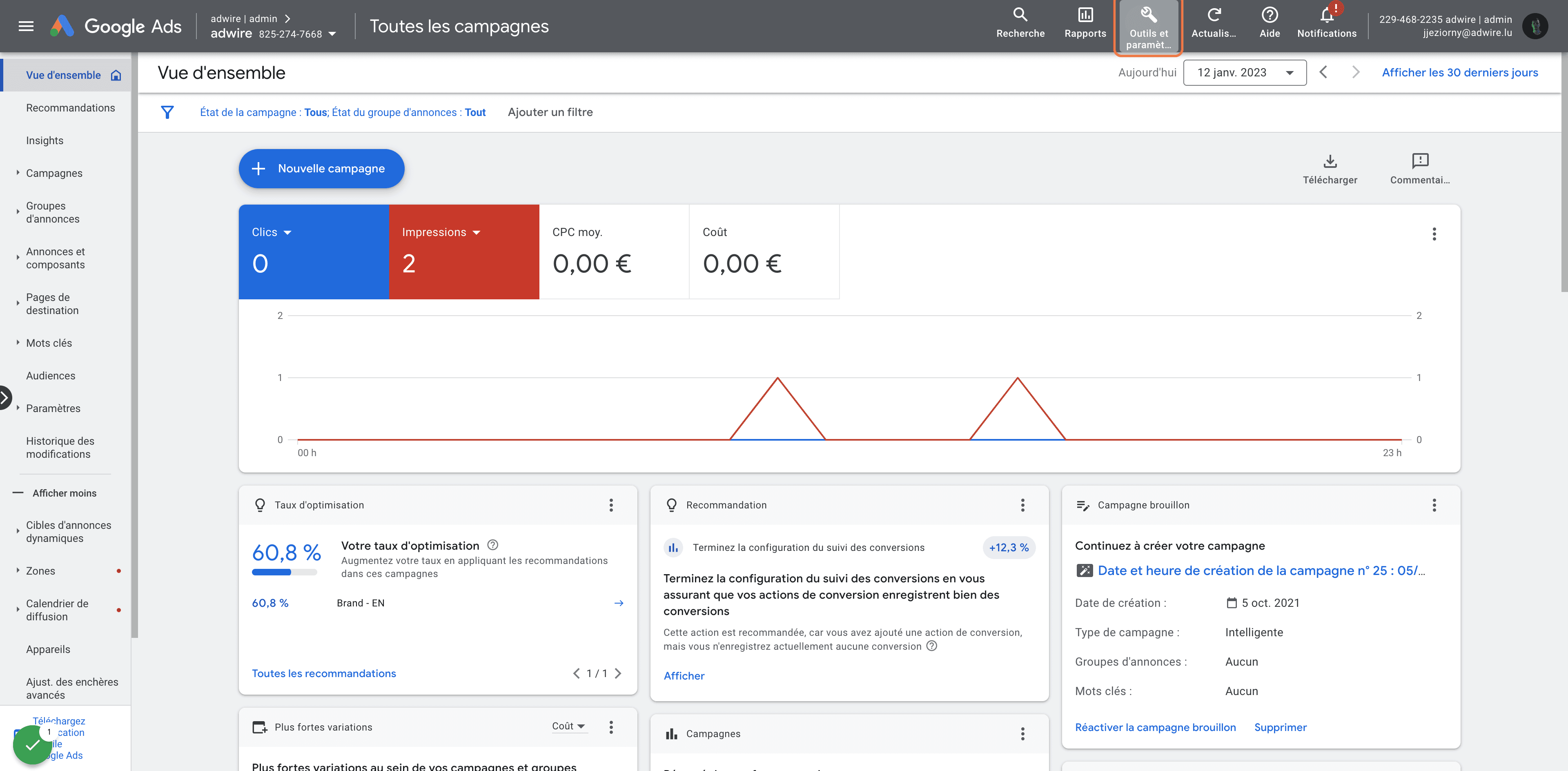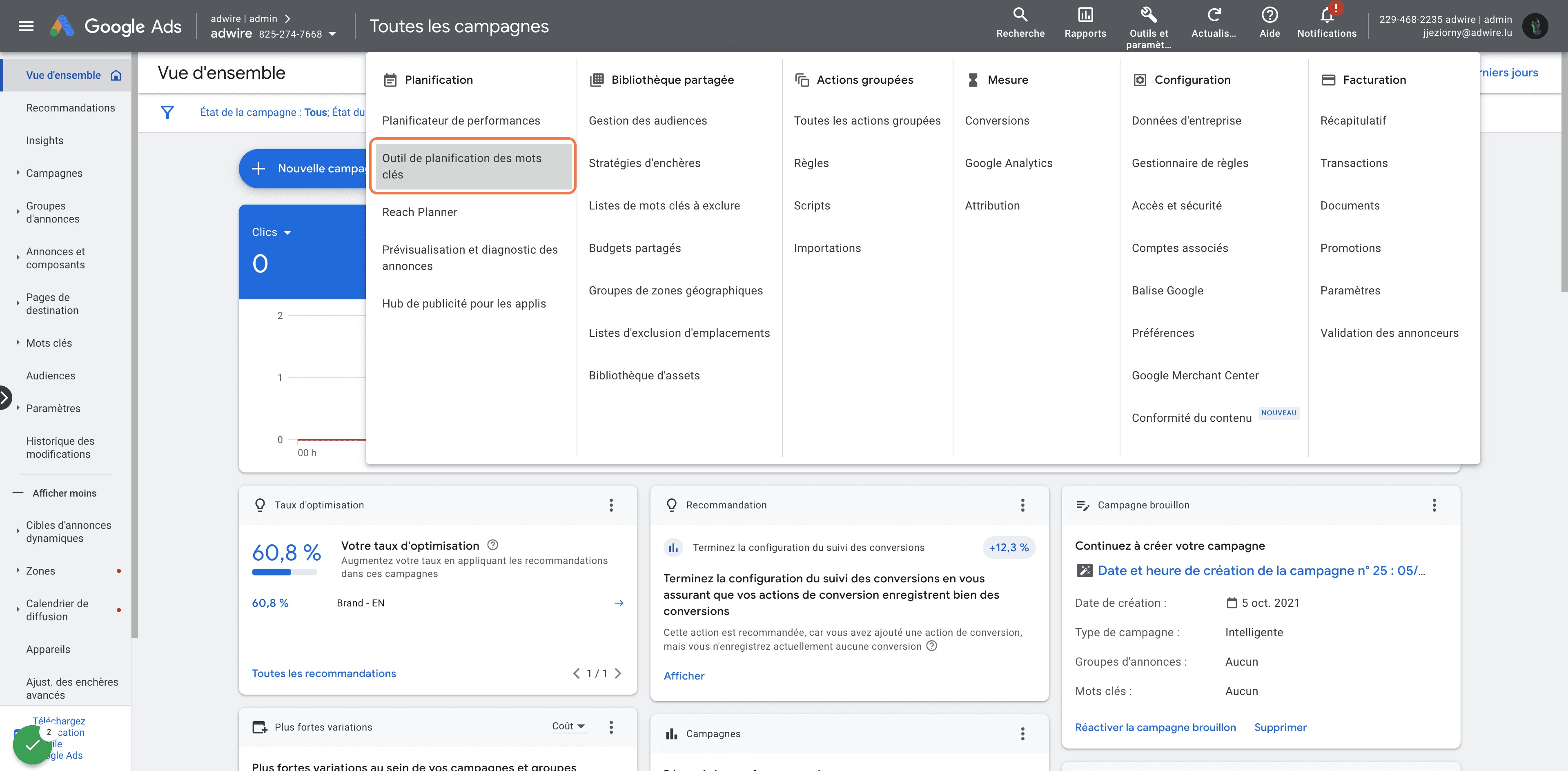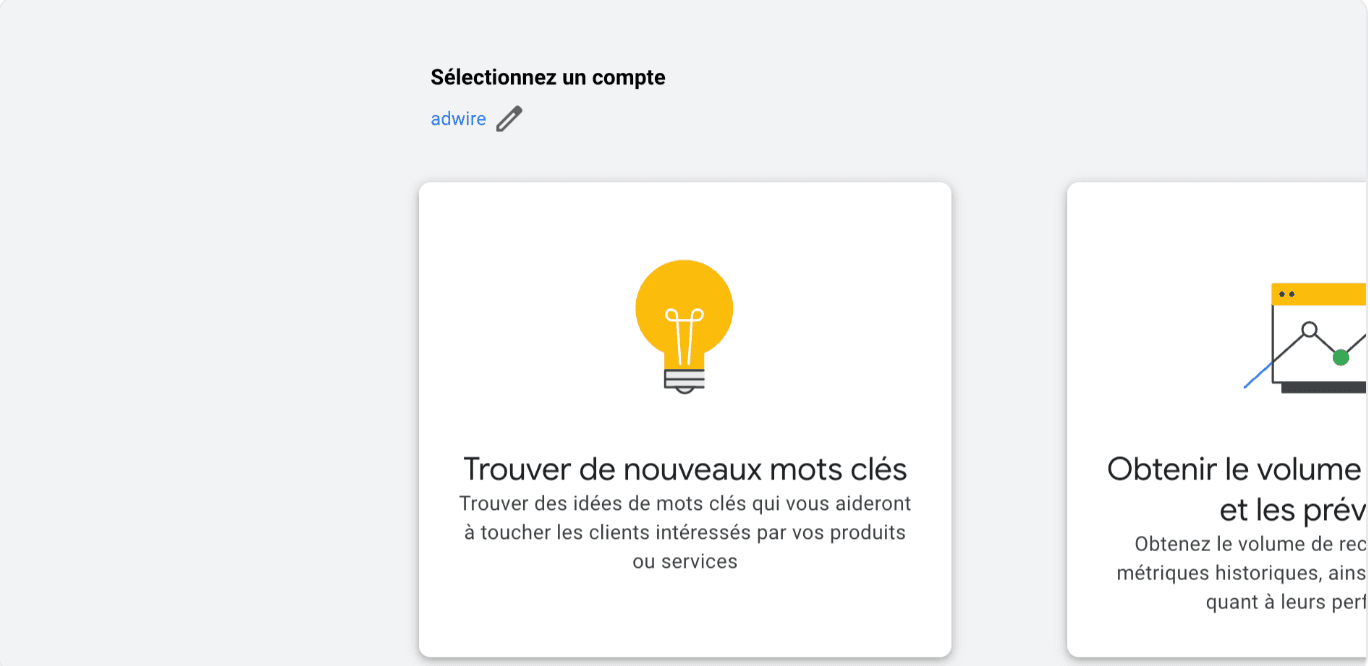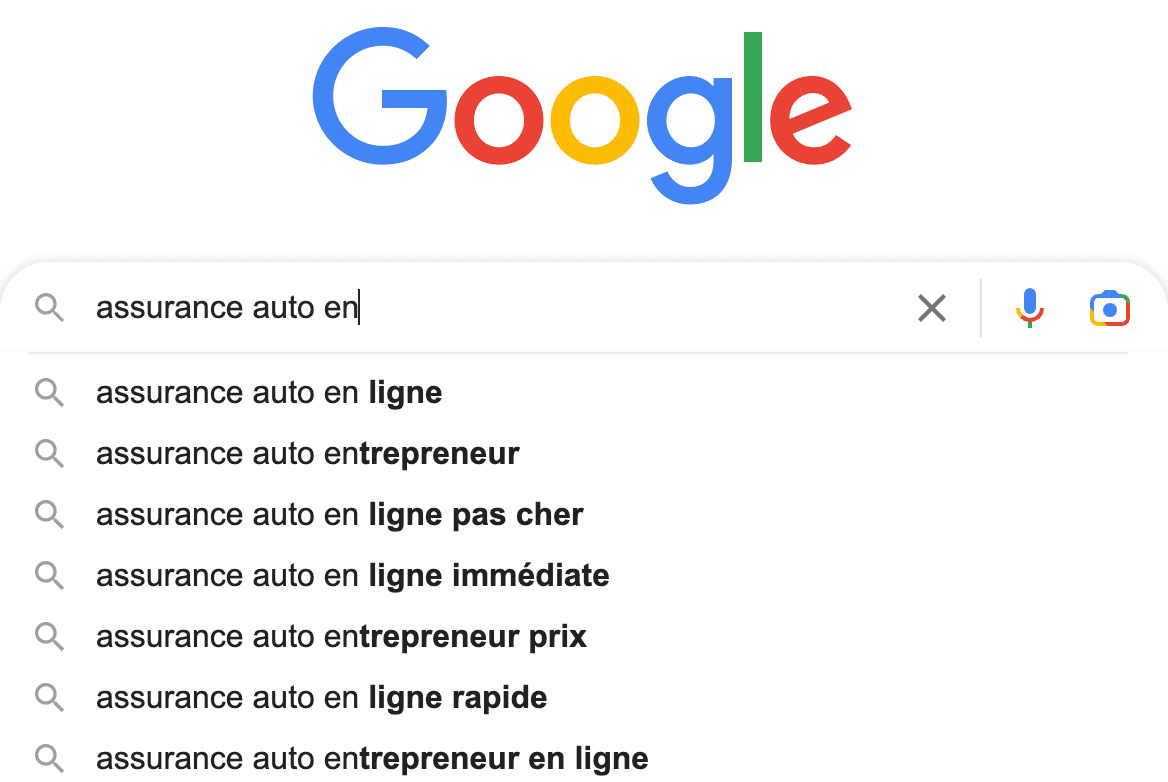Notre site dispose désormais d'un mode éco. N'hésitez pas à l'essayer !
Explore the importance of long-tail keywords and learn how to use them to improve the visibility and effectiveness of your SEO campaigns.
Before diving directly into the meaning of long-tail keywords, it is interesting to understand where the name comes from. The term "long tail" was initially used to describe the phenomenon that, on sites like Amazon, niche products tend to account for a larger share of total sales than bestsellers. This phenomenon also occurs with keywords typed into search engines.
A long-tail keyword is a search term that consists of several words and is used to find information on a specific topic. Unlike generic keywords, which are commonly used and generally very competitive, long-tail keywords are more specific and less frequently used, making them advantageous (and easier to rank for) in search engine optimization.
Below is a graphical representation of long-tail keywords from a Semrush article.

As you can see from the graph, each long-tail keyword has relatively low volume compared to generic keywords; nevertheless, they represent the majority of searches conducted on Google.
First, long-tail keywords have a lower cost per click than shorter keywords, despite having lower volume. Indeed, the longer your user’s query, the lower its search volume.
Second, they allow you to reach a more precise target audience and respond more accurately to their needs. This means that if your ads are well-written and your landing pages precisely meet the user’s needs, your conversion rate tends to be higher.
Here is a non-exhaustive list (from the Google Ads Keyword Planner) and another example to demonstrate that the longer your query, the lower the volume and competition. Note that volume and competition on keywords will also depend on the target country and theme, in this case, France and the auto insurance theme.

As you can see in the screenshot above, the top-of-page bid (high range) and top-of-page bid (low range) drop drastically as keywords lengthen, at the expense of volume. Note that these ranges are approximate, and the displayed data could be different if you run the simulation on your side as the data is regularly updated by Google.
If this topic interests you but seems too technical, and you want to grow your business and website, feel free to contact us here.
Now that you know what a long-tail keyword is, you are probably wondering how to find these keywords that seem so beneficial for your business... This is where our second part comes in.
1. Google’s Keyword Planner
Google Ads’ Keyword Planner is designed for paid campaigns and is a useful source of keyword ideas. You can simply use the “find new keywords” option and enter a fairly general root keyword, and Google will generate associated search terms. You can also filter search terms by adding certain modifiers like “what, how, why...”.
Here’s how to proceed:




And there you go, by clicking “Get results,” Google will generate a series of associated search terms.
2. Google’s Auto-Completion Feature
Google’s auto-completion feature can be used to find long-tail keywords by using the search suggestions generated by Google when you type a query into the search bar.
Here’s how you can use this feature to find long-tail keywords:

You can also discover new keyword suggestions by adding letters to the end of your search term. For example, if you want to find long-tail keywords related to auto insurance, you can type "auto insurance" into the search bar and get additional keyword suggestions.

3. Related Searches:
In the same vein as the auto-completion feature, Google’s related searches are phrases or keywords automatically generated by the search engine when you enter a query into the search bar.
For example, if you are looking for keywords related to auto insurance, you can type "auto insurance" into the search bar, scroll to the bottom of the page, and see the related searches generated by Google.
Related searches can also be used to find long-tail keywords that are not generic and are more specific to your business. For example, if you are an auto insurer, you can use related searches to find keywords related to this specific field, such as "online auto insurance," "best auto insurance," or "lowest auto insurance rates."

4. Semrush and the “Keyword Magic Tool”
We will not detail the process for finding the best keywords in this article as it will be the subject of a dedicated article; however, here is a brief introduction.
SEMRUSH is a comprehensive digital marketing tool that provides detailed insights into your website’s performance, SEO, pay-per-click (PPC) advertising, and content marketing. As a performance digital marketing expert, SEMRUSH is essential as it allows us to research and analyze your competitors’ strategies, find the best keywords for your campaigns, and track your progress.
In addition to keyword research, SEMRUSH also provides valuable information on your website’s performance and visibility in search engines. You can see where your website ranks for specific keywords, track your competitors’ rankings, and see how your website’s visibility evolves over time. This information can help you refine your SEO and PPC strategies and improve your website’s overall performance.
Overall, SEMRUSH is an essential tool for any expert looking to stay ahead in the competitive world of digital marketing. Whether you are looking to research keywords, monitor your competitors, or track your progress, SEMRUSH provides the insights and data you need to make informed decisions and achieve your goals.
In conclusion, using long-tail keywords is a crucial element of a successful acquisition strategy. These specific and targeted expressions can help you reach your ideal audience and generate relevant, high-quality traffic to your website. However, finding and implementing long-tail keywords can be a long and complex process.